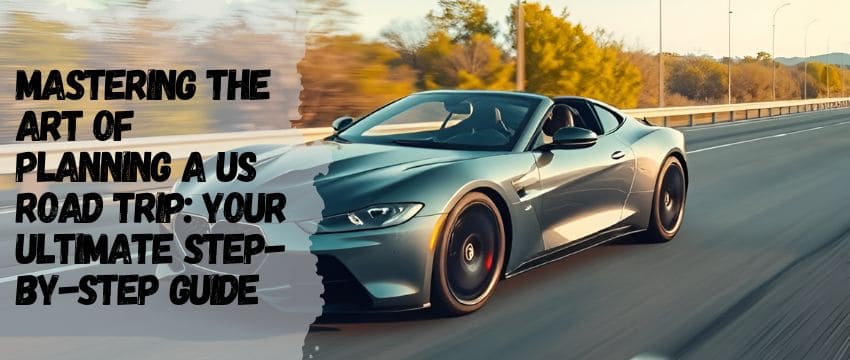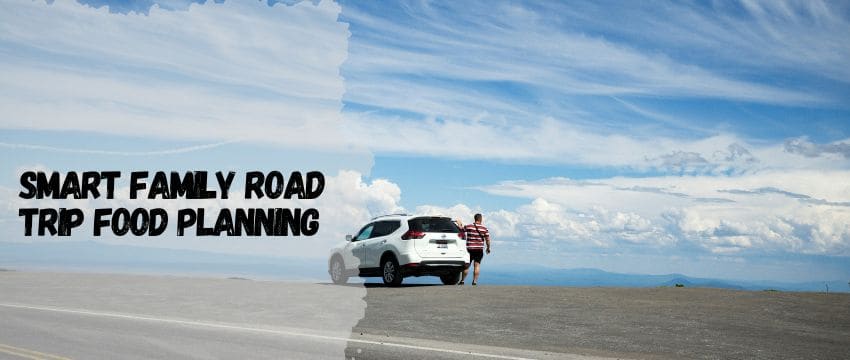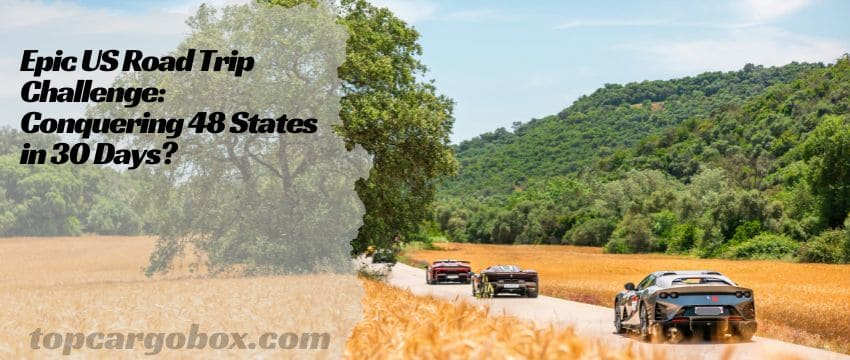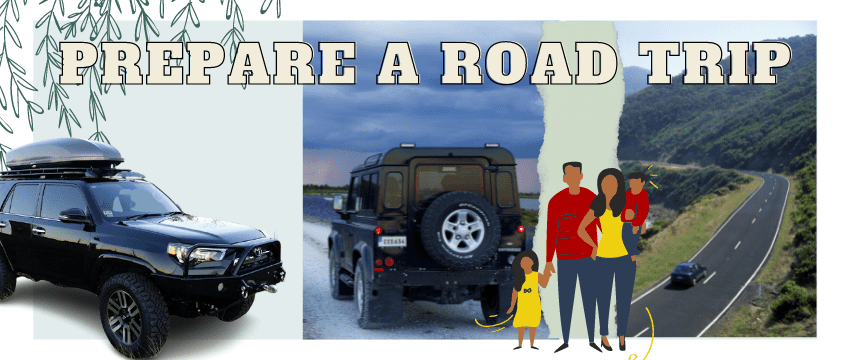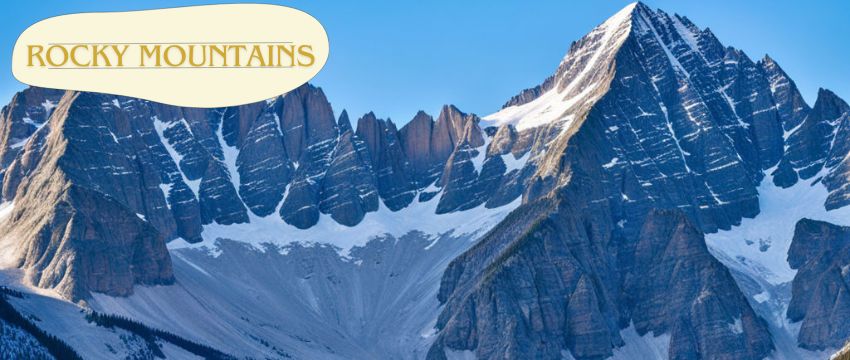Introduction: The Call of the Open Road
A US road trip is more than a vacation—it’s a rite of passage. The freedom to chart your course, the thrill of unplanned detours, and the joy of discovering hidden gems create memories that linger long after the journey ends. But without careful planning, that dream trip can quickly devolve into a stress-filled odyssey of missed turns, blown budgets, and “are we there yet?” meltdowns. This guide distills decades of road-tripping wisdom into actionable steps, ensuring your adventure is smooth, safe, and unforgettable. From choosing your route to packing the perfect cooler, we’ve got you covered.
Step 1: Choosing Your Route – Balancing Ambition and Reality
The foundation of any great road trip is the route. Start by asking: What do I want to experience? Are you chasing neon-lit nostalgia on Route 66, craving coastal drama on the Pacific Coast Highway, or yearning for mountain vistas on the Blue Ridge Parkway? Your interests dictate your path.
Next, consider time. A cross-country trek from New York to LA demands 7–10 days minimum, while a weekend getaway could focus on a single region, like Utah’s Mighty 5 National Parks. Use tools like Google Maps’ “Add Stop” feature to estimate drive times realistically. For example, a 500-mile drive might take 8 hours without stops, but with sightseeing, it balloons to 12.
Pro Tip: Mix iconic highways with lesser-known roads. Pair the Great River Road along the Mississippi with Wisconsin’s Door County Coastal Byway for small-town charm.
Step 2: Budgeting – Crunching Numbers Without Crushing Dreams

Road trips can be budget-friendly or luxurious, but hidden costs lurk. Break expenses into categories:
- Fuel: Calculate using AAA’s gas calculator. For a 3,000-mile trip in a 25 MPG vehicle at $3.50/gallon: (3,000 ÷ 25) x 3.50 = $420.
- Lodging: Mix campgrounds ($20–$50/night), motels ($80–$120), and splurges like historic inns ($200+).
- Food: Save by packing a cooler with sandwiches and snacks. Allocate $15–$30/day per person for meals.
- Attractions: National parks cost $20–$35 per vehicle (or use an $80 annual pass).
Unexpected Costs: Tolls (e.g., $25 for the Pennsylvania Turnpike), parking fees in cities like NYC ($40/day), and emergency repairs. Pad your budget by 15% for surprises.
Step 3: Vehicle Prep – Ensuring Your Ride is Road-Ready
Your vehicle is your lifeline. Start with a pre-trip inspection:
- Tires: Check pressure and tread depth. Bald tires reduce traction, especially in rain.
- Fluids: Top off oil, coolant, and windshield washer fluid.
- Brakes: Squeaking or grinding signals worn pads.
Emergency Kit Essentials:
- Jumper cables
- Portable tire inflator
- First-aid kit
- Blankets and non-perishable snacks
Rental Tip: If your car isn’t up for the task, rent an SUV or campervan. Companies like Escape Campervans offer quirky, fully equipped vehicles from $100/day.
Step 4: Packing Smart – Less Clutter, More Comfort
Packing is an art. Follow the “3 Piles” method:
- Essentials: Clothing (layer!), toiletries, medications.
- Tech: Phone chargers, dashcam, power bank.
- Comfort: Neck pillows, reusable water bottles, favorite playlists.
Cooler Hacks: Freeze water bottles as ice packs. They’ll thaw into drinking water, reducing waste.
Space-Savers: Use packing cubes and roof cargo boxes (if driving a sedan).
Step 5: Building a Flexible Itinerary – Structure Meets Spontaneity

Overplanning kills joy, but winging it risks missing must-sees. Strike balance:
- Block Scheduling: Reserve mornings for driving, afternoons for exploring.
- Anchor Points: Book accommodations in advance for popular areas (e.g., Yellowstone).
- Buffer Days: Add 1–2 unplanned days for serendipitous discoveries.
Example Itinerary:
- Day 1: Chicago to St. Louis (Route 66 kickoff).
- Day 2: Explore Meramec Caverns, MO.
- Day 3: Detour to Ozark National Scenic Riverways.
Step 6: Safety and Etiquette – Respecting Roads and Communities
- Speed Limits: Rural interstates often allow 75–80 mph, but towns drop to 25.
- Wildlife: Dawn/dusk are high-risk times for deer collisions. Use high beams when safe.
- Leave No Trace: Pack out trash, respect “No Trespassing” signs.
Local Tip: Support small businesses. Dine at mom-and-pop diners instead of chains.
Step 7: Apps and Tools – Tech to Enhance Your Trip
- Roadtrippers: Plan stops and calculate gas costs.
- GasBuddy: Find the cheapest fuel.
- iOverlander: Locate free campsites.
Road Trip Planning at a Glance
Aspect | Key Considerations |
|---|---|
Route Selection | Align with interests, time, and season. |
Budget | Include fuel, lodging, food, and contingency funds. |
Vehicle Prep | Inspect tires, fluids, and pack an emergency kit. |
Packing | Prioritize essentials, tech, and space efficiency. |
Safety | Follow speed limits, watch for wildlife. |
Conclusion
A well-planned road trip blends preparation with flexibility, letting you savor the journey as much as the destination. Armed with this guide, you’re ready to turn the key and embrace the adventure.
FAQs
1. What is the highest drivable place in the USA?
The Mount Evans Scenic Byway in Colorado reaches 14,130 feet, making it the highest paved road in the country. Open seasonally, it offers views of alpine lakes and mountain goats. The thin air can cause altitude sickness, so acclimate slowly. Summit Lake, a glacial tarn, is a popular stop. Winter closures are common due to heavy snow.
2. Can you drive to Hawaii from California?
No, Hawaii is 2,500 miles across the Pacific Ocean, making driving impossible. Cars must be shipped via freight services, which take 1–2 weeks. Travelers typically fly and rent cars upon arrival. Ferries operate between islands, but none connect to the mainland. A cross-oceanic bridge remains unfeasible.
3. What is the best interstate for a road trip?
Interstate 70 through Colorado and Utah is a top choice. It traverses the Rockies and red-rock canyons, with stops like Glenwood Canyon and Arches National Park. The Eisenhower Tunnel, at 11,158 feet, is a highlight. Its mix of scenery and engineering marvels makes it unforgettable for road trippers.
4. What’s the best road trip?
Route 66 is the quintessential American road trip, spanning 2,448 miles from Chicago to Santa Monica. It features retro diners, neon motels, and Southwestern deserts. Iconic stops include Cadillac Ranch and the Petrified Forest. Its blend of history and pop culture cements its legendary status.
5. Why is Route 66 famous?
Route 66 symbolizes mid-20th-century American road culture. It supported Dust Bowl migrants and post-war travelers, becoming a symbol of freedom. Pop culture references in songs, films, and TV shows like Cars boosted its fame. Today, its abandoned sites and quirky attractions evoke nostalgia.
6. What’s the slowest you can legally drive on the interstate?
Most states require drivers to maintain at least 40–45 mph on interstates. Driving slower can impede traffic and result in citations. Exceptions include vehicles like tractors, which may use hazard lights. Always check state-specific laws to avoid fines. Safety, not speed, should guide your pace.
Hit the road with confidence—adventure awaits! 🚗✨
Our team is creating outdoor-gear relevant articles with passion. If our articles can help you to find the correct solutions for your questions, we will be happy about that. In the content creation process, we usually collect accurate and useful information online or offline to compile our content in an organized way. Consequently, we can guarantee that you can discover some expected answers to your questions. We appreciate your time on our site.

